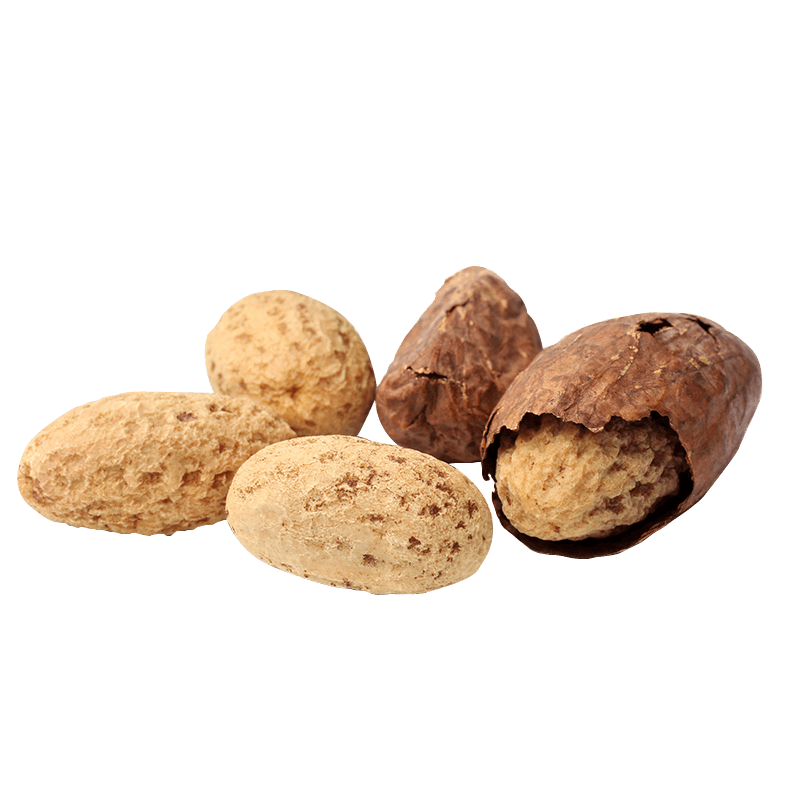
Kola
Latin name
Origin
Used part
Active components
Xanthine alkaloids (caffeine, theobromine, theophylline): they act as a stimulant on the nervous system.
Tannins: have an astringent effect.
Polyphenols: antioxidants.
Usage
Bibliographical references
- Community herbal monograph on Cola nitida (Vent.) Schott et Endl. and its varieties and Cola acuminata (P. Beauv.) Schott et Endl., Semen
European Medicines Agency
31 March 2011 - EMA/HMPC/722367/2010
EMA: http://www.ema.europa.eu/docs/en_GB/document_library/Herbal_-_Community_herbal_monograph/2011/04/WC500105363.pdf - The Complete German Commission E Monographs, Therapeutic Guide to Herbal Medicines.
Blumenthal M, ed.
Boston, Mass: Integrative Medicine Communications; 1998:113–114. - Caffeine supplementation and multiple sprint running performance.
Glaister M, Howatson G, Abraham CS, Lockey RA, Goodwin JE, Foley P, McInnes G.
Med Sci Sports Exerc. 2008 Oct;40(10):1835-40.
Pubmed: http://www.ncbi.nlm.nih.gov/pubmed/18799995 - The influence of kolanut (cola nitida) on exploratory behaviour in rats.
Ettarh RR, Okoosi SA, Eteng MU.
Pharm Biol. 2000;38(4):281-3.
Pubmed: http://www.ncbi.nlm.nih.gov/pubmed/21214476 - Behavioral effects resulting from sub-chronic treatment of rats with extract of fresh stabilized cola seeds.
Scotto G, Maillard C, Vion-Dury J, Balansard G, Jadot G.
Pharmacol Biochem Behav. 1987 Apr;26(4):841-5.
Pubmed: http://www.ncbi.nlm.nih.gov/pubmed/3602040 - The comparative effects of chronic consumption of kola nut (Cola nitida) and caffeine diets on locomotor behaviour and body weights in mice.
Umoren EB, Osim EE, Udoh PB.
Niger J Physiol Sci. 2009 Jun;24(1):73-8.
Pubmed: http://www.ncbi.nlm.nih.gov/pubmed/19826468
The health claims that feature on our website in relation to the plants contained in our products are compliant with the list of health claims awaiting final assessment by the Community authorities (cf. website of the European Commission: http://ec.europa.eu/nuhclaims/). However, they may be subject to modification following their assessment by the national competent authorities.
The health claims relating to other nutrients or substances contained in our products that feature on our site are compliant with Regulation No. 432/2012 of the Commission of 16 May 2012 which establishes a list of authorised health claims authorised in relation to food products, other than those in reference to the reduction of the risk of disease as well as community-based development and child health (cf. website of the European Commission: http://ec.europa.eu/nuhclaims/).

 Belgique
Belgique  België
België  France
France  Italia
Italia  Portugal
Portugal  España
España  United Kingdom
United Kingdom  Κύπρος
Κύπρος 